STELLANTIS STRENGTHENS PRESENCE IN MOROCCO WITH €1.2 BILLION PROJECT
)
Morocco has taken a new step in its industrial push with the inauguration of the expanded Stellantis plant in Kenitra.
Head of Government Aziz Akhannouch presided over the ceremony on Wednesday and described the project as part of the country’s long-term ambition to grow a competitive, integrated, and value-driven economy.
The €1.2 billion investment includes €702 million dedicated to developing local suppliers.
It will double the plant’s production capacity and raise the local integration rate to 75% by 2030. The expansion is also set to create 3,100 direct jobs and strengthen Morocco’s position as a key player in the global automotive industry.
Akhannouch said the project reflects the goals of the New Investment Charter and Morocco´s industrial roadmap. It transcends numbers and output, he noted, pointing to a wider effort to build a resilient industrial fabric rooted in national production.
Minister of Industry Ryad Mezzour emphasized the scale of the achievement, saying Morocco now stands among the few countries with an annual automotive production capacity exceeding one million vehicles.
He called the project a result of shared confidence between Morocco and Stellantis, and a sign of growing technological independence that offers skilled opportunities for young Moroccans.
Samir Cherfan, Stellantis’ Chief Operating Officer for the Middle East and Africa, said the Kenitra project has already exceeded expectations.
Since its launch in 2016, the factory has progressed more quickly than planned. Its production reached 200,000 vehicles per year by the end of 2020, three years ahead of schedule.
Stellantis plans to produce 350,000 engines annually at the site. The first phase began in May 2025 with the assembly of a new Mild Hybrid generation. A second phase focused on machining is set to begin in November 2026.
The group has also expanded its micromobility operations. Since January 2025, annual production of Citroën Ami, Opel Rocks-e, and Fiat Topolino models increased from 20,000 to 70,000 units.
In July 2025, the site will launch new fully electric three-wheeled vehicles and start producing electric charging stations with a projected output of 204,000 units.

